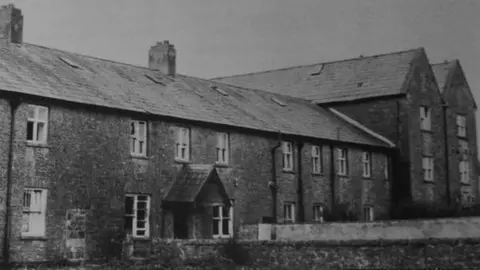I went to Ireland over the summer for a few weeks in May. One of the things I learned about Irish culture was the various ways in which the kindness of the Irish people has shown up, Irish hospitality some would call it. I had it in smaller ways, saying please and thank you, holding the door for a few extra people, but we’ve seen it in bigger ways: when Leo Vadakara allowed me to meet with him. The day when I am not met with hospitality will be when I leave because I’ll be at home.
I had seen Irish Hospitality in every form it can show up and it is something that has made the trip better than it ever could have been. This is not to say I didn’t have bad experiences, but overall, I was meet with hospitality in times of distress or confusion. I have experienced this, firsthand, when I would lose an item at a location, they were always willing to help me find it and often offered to look for it themselves. It’s this displayed kindness that has made this trip worthwhile.
Beyond the kindness they show tourists and visitors, they also show immense respect and kindness to their land; this is one of the biggest examples of kindness that I noticed about Irish culture. They show their respect of land in so many ways, their laws, signage, and so much more. On their signs regarding littering and throwing trash away, all exude various levels of sass on their discouraging others from not littering. They have immensely clean streets and highways and that can only be possible with the cooperation and lifestyle of the people.
Other than kindness to their land and others it was also shown that most of all they have an immense amount of respect for themselves. Taking care of themselves in regards to food was a major culture shock. Here we have more food that unhealthy and cheap than food that is healthy, but even more so the “healthier” the item or food, the more expensive it is. This idea being entirely reconstructed in Irish food culture due the laws put in place. They aren’t allowed to produce and sell food with all the “bad stuff” we have here in America, like artificial flavoring and food coloring, isn’t very big over there either.
The trip only showed me a glimpse of who the Irish people are, and what Ireland has a dominant culture and from what I learned amazing. From the cliffs of Moher to the rolling hills on small farms Ireland is beautiful. Its people not only respect it by showing kindness to their land but to the people who come visit and I was fortunate enough to have been able to visit. I felt apart of something bigger than myself when I was in Ireland, which is something that I have rarely felt here in America due to the enforced culture of individualism. The people of Ireland still have a very strong sense of self pride, but bigger than that is their pride for their country.-
Photo credit go to:
https://eu.wisfarmer.com/story/news/2018/12/31/stone-fences-ode-early-irish-immigrants/2452710002/.



 rday we went to the Cliff’s of Moher and saw the most beautiful cliffs; they are a national landmark that people worldwide come to see. Before we got off the bus, Lori informed us that the land for the trials on the Cliffs of Moher was donated by the farmers who own the land. The creation of the wall as well as the path itself were both products of the farmers who donated the land. It was such an amazing thing to donate something to the world and help create a more safe and accessible version of it.
rday we went to the Cliff’s of Moher and saw the most beautiful cliffs; they are a national landmark that people worldwide come to see. Before we got off the bus, Lori informed us that the land for the trials on the Cliffs of Moher was donated by the farmers who own the land. The creation of the wall as well as the path itself were both products of the farmers who donated the land. It was such an amazing thing to donate something to the world and help create a more safe and accessible version of it.



